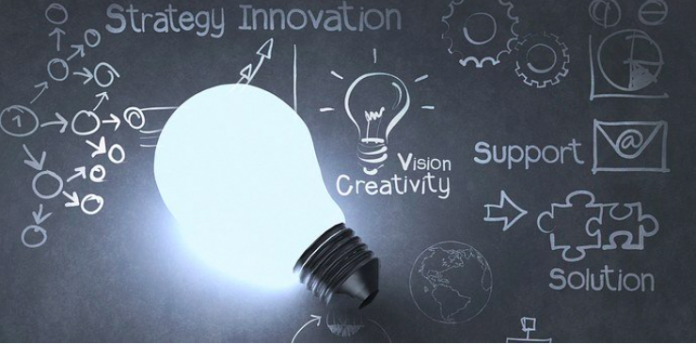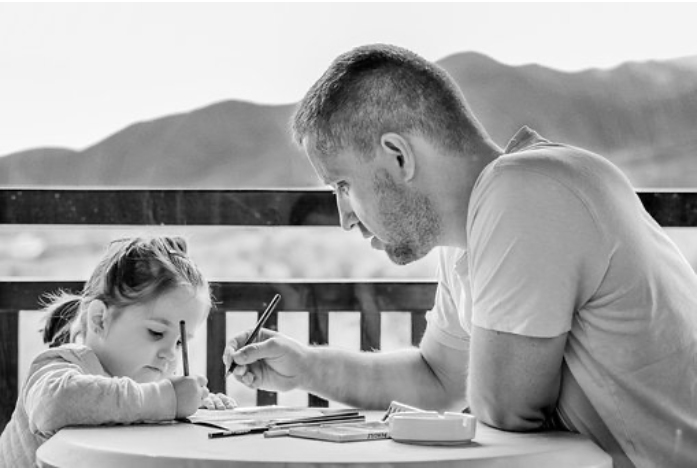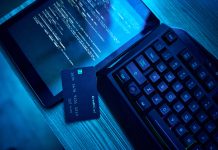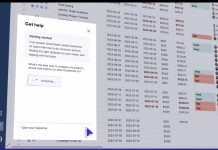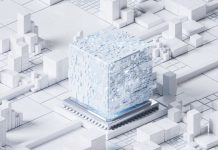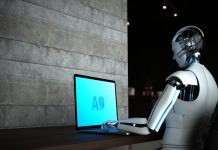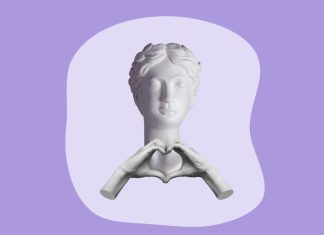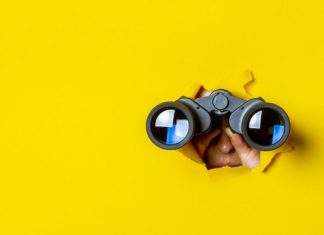For a long while, formal education as we know it has been a very rigid system. As it began, formal education was exclusive to the elite ion the society. The ones who could afford to attend the only existing schools at the time. However, as education slowly dissipated to the masses, very little was done to adjust the system to the current needs of the time.
It followed then that education was imparted to the masses, without reflecting on the possible challenges that this new approach would face. For much of the time, the educational sector has been resistant to change, specifically disruptive changes. However, in the 21st Century, some of the wholesome modifications and adjustments have been inevitable. After all, we are living in the most technologically advanced period in the history of humankind. Industries that do not adjust to rapid advancement are likely to lag immensely.
For all relevant stakeholders in the sector, change has been long overdue in education. Over the last couple of decades, research and studies have vividly demonstrated the demerits of our current system of education. This traditional mold confines all learners into the same box, without factoring in individual learning differences. Furthermore, the same system is just as likely to present a linear path for progression for most learners. At a period when opportunities are incrementally boundless. Technology is finally making its place in the classroom, despite vehement reluctance from some players in the sector.
Technology, in this case, is more than a student getting distracted by an incoming text in class. This is an essential tool for the future of learning. In this article, we shall look at several ways in which technology is causing seismic shifts.
Immersive Learning
As mentioned above, the current system of education has had a fair share of its own downsides. Top among them is the fact that learning is still a passive process. Usually, the instructor will walk into a classroom, stand at the front, them disseminate the knowledge. Students, on the other hand, can merely absorb the content without much meaningful participation.
https://raccoongang.com/blog/immersive-learning-explained/ is tailored to address this particular challenge. Through technology, the learning process becomes immensely interactive. Take, for instance, if students are learning about lunar exploration. As opposed to just looking at images from textbooks or reaching out to essay writing services for assistance, students can use NASA’s Moon Toolkit to get a more vivid idea of the concepts.
This approach has significantly made the learning process more engaging. Learners now have the opportunity to be proactive in the classroom by not only listening but also doing. The chance to also carry out research and receive prompt feedback has also encouraged more learning to pursue fields they are passionate about.
Understanding Real-World Issues
We are undoubtedly living in the most interconnected period of our entire history. Students can now:
- Research on the different problems and challenges affecting different people in the world.
- Correlate the concepts taught in class to real-life problems afflicting real people.
- Acquire a universal perspective on the world, which not only makes them better students but also better individuals for society.
The internet has been immensely resourceful to achieve this. It has further facilitated online debates and forums where students can meet like-minded individuals and discuss essential issues. Moreover, they are also exposed to people who have different schools of thought. Not only do they become more tolerant of differences but also harbor a holistic outlook on the world. Learners, hence, grown and develop aware and considerate of the differences that exist in various societies, including their own.
Individualized Learning
This has been a slow yet much-needed change in education. It is a clear fact that we are all different, each with unique abilities and capabilities. It is, therefore, critical that these differences should also be applied in learning environments. Since learners have different optimal learning methods, personalized learning seeks to bridge this disconnect.
Individualized learning will focus on the individual. It encompasses the strengths and weaknesses of a learner. In such a way that knowledge is imparted through the methods that have proved to be effective, at a personal level. Therefore, all learners are ultimately assured of an equal opportunity to earn an education.
Technology has only recently made its way to the classrooms. Yet, we can already see the considerable impact it has made in such a short while. This is enough reason to remain optimistic about the future of education.


